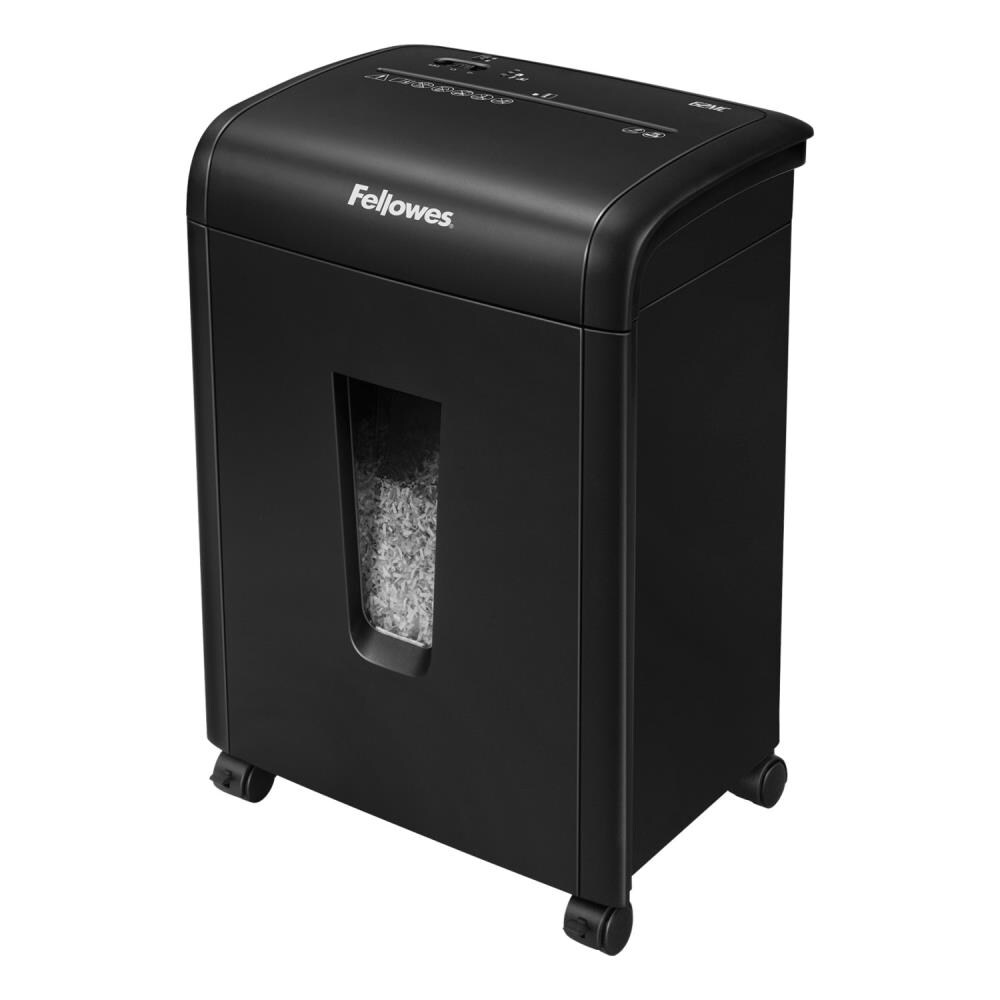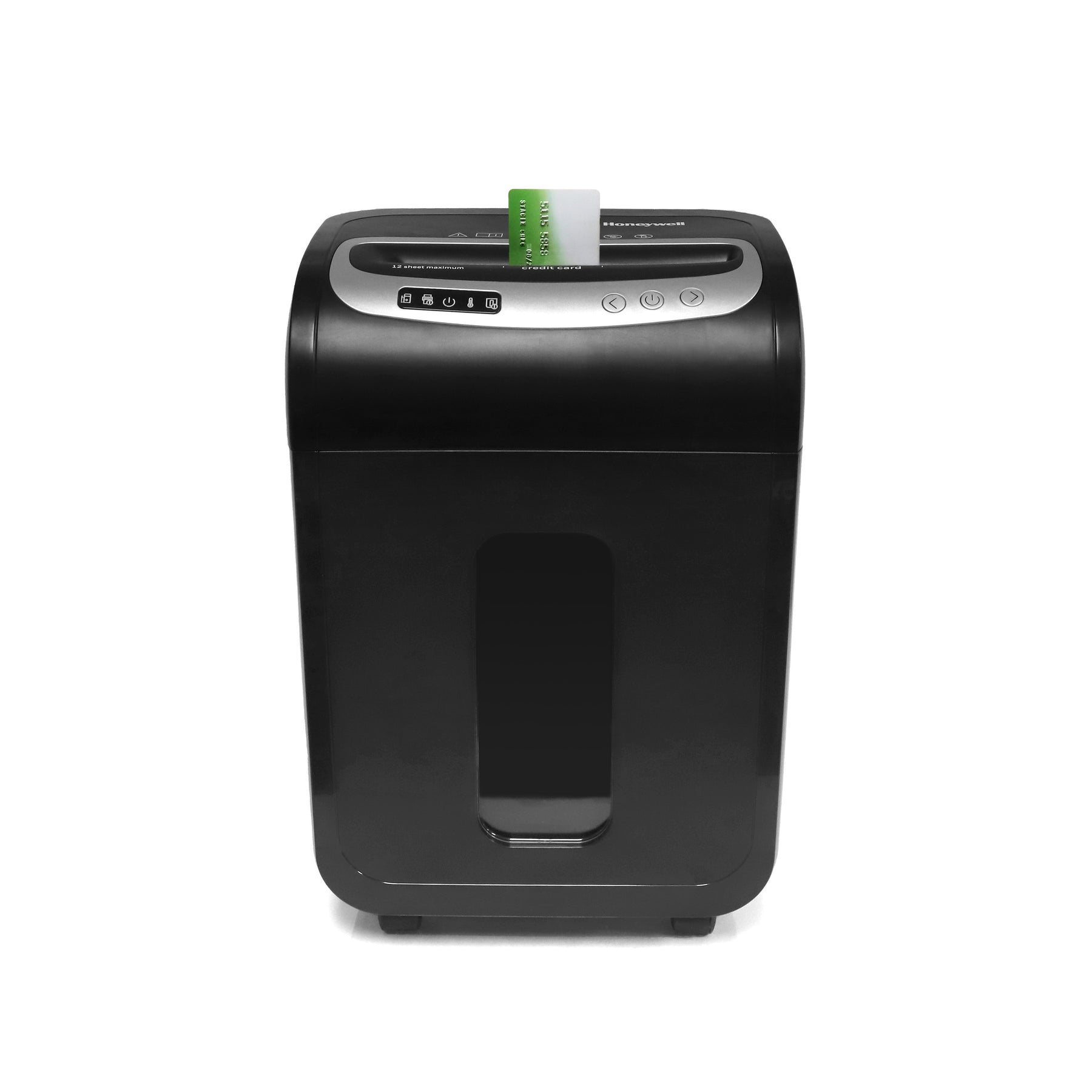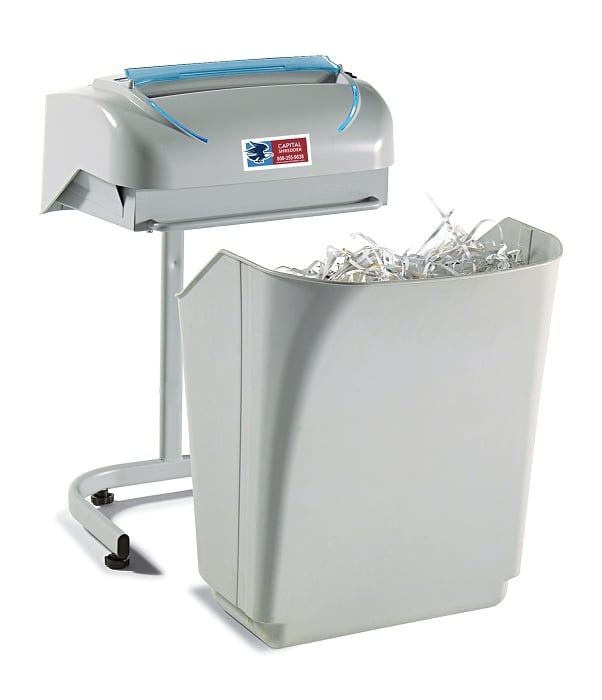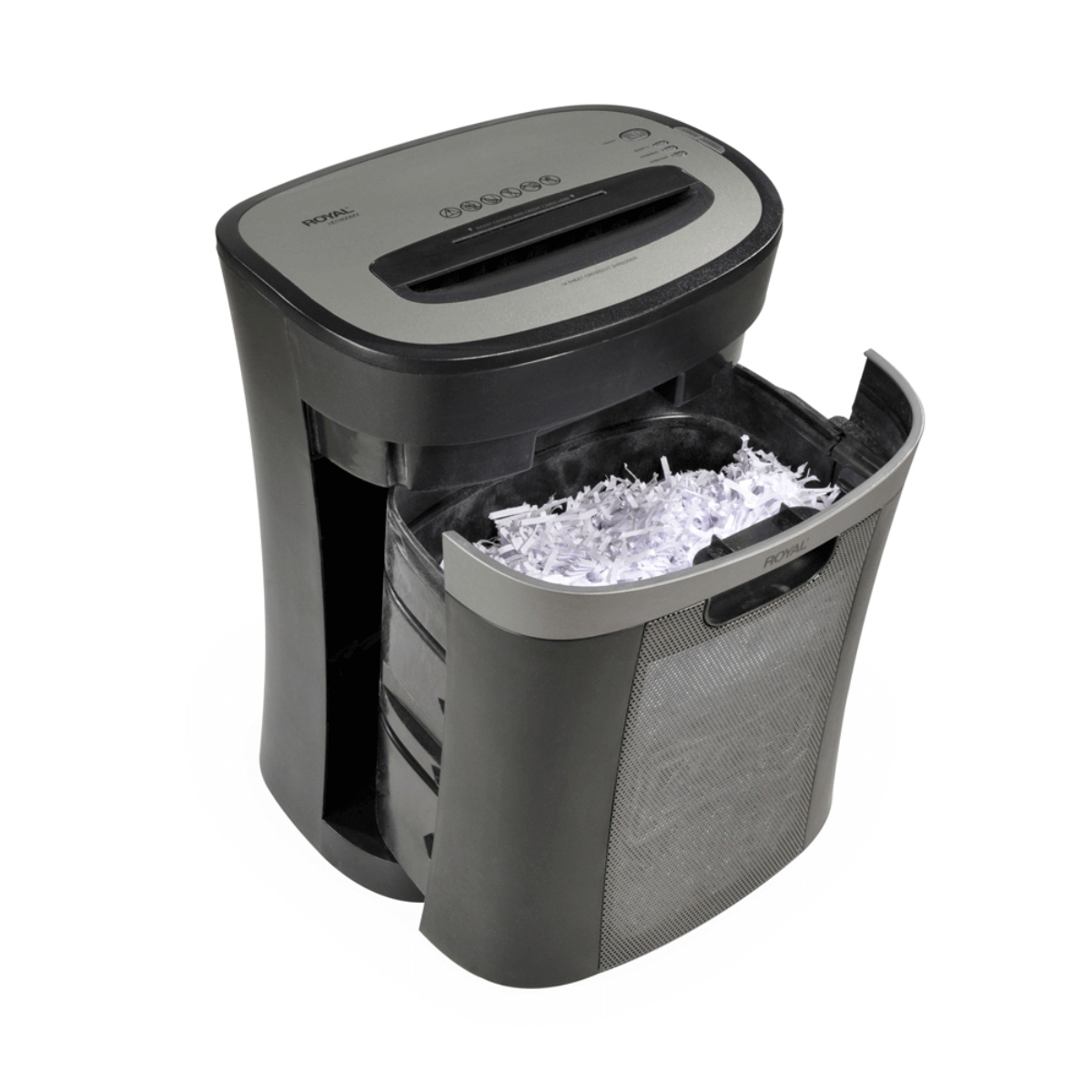Introduction
In today’s digital age, where data security and privacy are paramount concerns, paper shredders have become essential tools for safeguarding sensitive information. Whether at home, in the office, or in various professional settings, paper shredders play a critical role in preventing identity theft, ensuring confidentiality, and complying with data protection regulations. This comprehensive guide explores the world of paper shredders, highlighting their importance, key features, benefits, and considerations for selecting the right shredder to meet your document destruction needs.
The Evolution of Paper Shredders
From their humble beginnings as manual devices used to tear documents by hand, paper shredders have evolved significantly over the years to become sophisticated machines capable of shredding paper into minuscule particles. The earliest paper shredders were simple strip-cut models that produced long strips of shredded paper, which were prone to reconstruction. As privacy concerns grew and security standards advanced, cross-cut and micro-cut shredders emerged, offering higher levels of document security by shredding paper into smaller, unreadable pieces. Today, paper shredders come in a variety of sizes, capacities, and cutting styles to cater to diverse shredding requirements, making them indispensable tools for individuals and organizations alike.
Key Features of Modern Paper Shredders
Modern paper shredders offer a range of features designed to enhance performance, security, and user convenience. When selecting a paper shredder, it is essential to consider the following key features to ensure optimal shredding efficiency and effectiveness:
Shredding Capacity and Speed:
The shredding capacity and speed of a paper shredder determine how quickly and efficiently it can process documents. Higher-capacity shredders can handle more sheets at once, reducing shredding time and improving productivity. Additionally, faster shredding speeds enable quicker disposal of documents, making shredding tasks more time-efficient.
Security Level:
The security level of a paper shredder refers to the size and shape of the shredded particles it produces. Cross-cut and micro-cut shredders offer higher levels of security compared to strip-cut shredders, as they shred paper into smaller pieces that are nearly impossible to reassemble. Choosing a shredder with an appropriate security level is crucial for protecting sensitive information and maintaining confidentiality.
Run Time and Cooling Off Period:
The run time and cooling off period of a paper shredder determine how long it can operate continuously before requiring a break. Shredders with longer run times and shorter cooling off periods are ideal for high-volume shredding tasks, as they can handle prolonged use without overheating. Consider your shredding needs and select a shredder with adequate run time and cooling off period to prevent downtime and ensure smooth operation.
Safety Features:
Safety features such as auto-shutoff, overload protection, and safety locks are essential for preventing accidents and ensuring user safety during shredding. Auto-shutoff mechanisms turn off the shredder automatically when not in use, while overload protection prevents jams and motor damage. Safety locks help prevent unauthorized access and protect users from injuries. Prioritize shredders with robust safety features to promote safe and efficient shredding operations.
Shredding Capacity:
The shredding capacity of a paper shredder refers to the size of its waste bin and its ability to hold shredded materials. A larger shredding capacity means less frequent emptying of the bin, allowing for uninterrupted shredding sessions. Consider the volume of documents you need to shred regularly and choose a shredder with a suitable shredding capacity to streamline the shredding process and minimize downtime.
Brand Reputation and Warranty:
When purchasing a paper shredder, consider the reputation of the manufacturer and the warranty coverage offered with the product. Opt for reputable brands known for producing high-quality shredders with reliable performance and customer support. Warranty coverage provides added assurance of product quality and peace of mind in case of any issues or defects.
Additional Features:
Explore additional features that enhance the usability and functionality of a paper shredder, such as reverse function for clearing paper jams, manual feed slots for shredding credit cards or CDs, and automatic start/stop functionality for user convenience. These extra features can improve the overall shredding experience and make document destruction tasks more efficient and user-friendly.
Selecting the Right Paper Shredder for Your Needs
Choosing the right paper shredder involves assessing your shredding requirements, considering key features, and selecting a shredder that aligns with your security and performance preferences. Whether you need a personal shredder for home use or a commercial shredder for business purposes, the following tips can help you make an informed decision when selecting a paper shredder:
Determine Your Shredding Needs:
Assess the volume of documents you need to shred regularly, the level of security required for sensitive information, and the frequency of shredding tasks. Identify whether you need a basic shredder for occasional use or a heavy-duty shredder for continuous, high-volume shredding.
Consider Security Requirements:
Evaluate the sensitivity of the information you handle and the level of security needed to protect it. Choose a shredder with a security level that aligns with the confidentiality of your documents, such as cross-cut or micro-cut shredding for maximum protection against data breaches and identity theft.
Evaluate Shredding Capacity and Speed:
Take into account the number of sheets you typically need to shred at once and the speed at which you need to complete shredding tasks. Select a shredder with a shredding capacity and speed that match your workload to ensure efficient and timely document destruction.
Review Safety Features:
Prioritize shredders equipped with safety features that promote safe operation and prevent accidents. Look for features such as auto-shutoff, overload protection, and safety locks to ensure user safety and minimize risks during shredding activities.
Check User-Friendly Features:
Consider additional features that enhance user convenience and usability, such as easy-to-use controls, clear indicator lights, and ergonomic design. User-friendly features make operating the shredder more intuitive and efficient, improving the overall shredding experience.
Compare Brands and Models:
Research different brands and models of paper shredders to compare features, performance, and customer reviews. Choose a reputable brand known for quality and reliability, and select a model that meets your specific shredding requirements and budget constraints.
Maximizing the Benefits of Your Paper Shredder
To maximize the benefits of your paper shredder and ensure optimal performance and longevity, follow these best practices for maintenance, operation, and document disposal:
Regular Maintenance:
Clean the shredder blades and cutting mechanism regularly to remove paper dust and debris that can affect shredding performance. Follow the manufacturer’s guidelines for lubricating the shredder to keep it running smoothly and prevent jams.
Avoid Overloading:
Adhere to the recommended sheet capacity and run time of the shredder to prevent jams and motor strain. Do not overload the shredder with more sheets than it can handle, as this can lead to inefficiency and potential damage to the machine.
Secure Document Disposal:
Dispose of shredded materials securely to prevent unauthorized access to sensitive information. Consider recycling paper waste or using secure disposal methods to maintain data security and privacy.
Safe Operation:
Follow safety precautions provided in the shredder’s user manual to prevent accidents and ensure user safety during operation. Keep hands and foreign objects away from the feed slot while shredding documents to avoid injuries.
Proper Storage:
Store the paper shredder in a safe and secure location when not in use to prevent damage and unauthorized access. Keep the shredder out of reach of children and pets to maintain safety and protect the machine from misuse.
Conclusion
Paper shredders play a crucial role in safeguarding sensitive information, preventing identity theft, and ensuring data security in various settings. By understanding the key features of modern paper shredders, selecting the right shredder for your needs, and following best practices for maintenance and operation, you can maximize the benefits of your paper shredder and maintain a secure environment for document destruction. Whether at home, in the office, or in commercial settings, a paper shredder offers peace of mind and assurance that confidential information is handled safely and responsibly.





